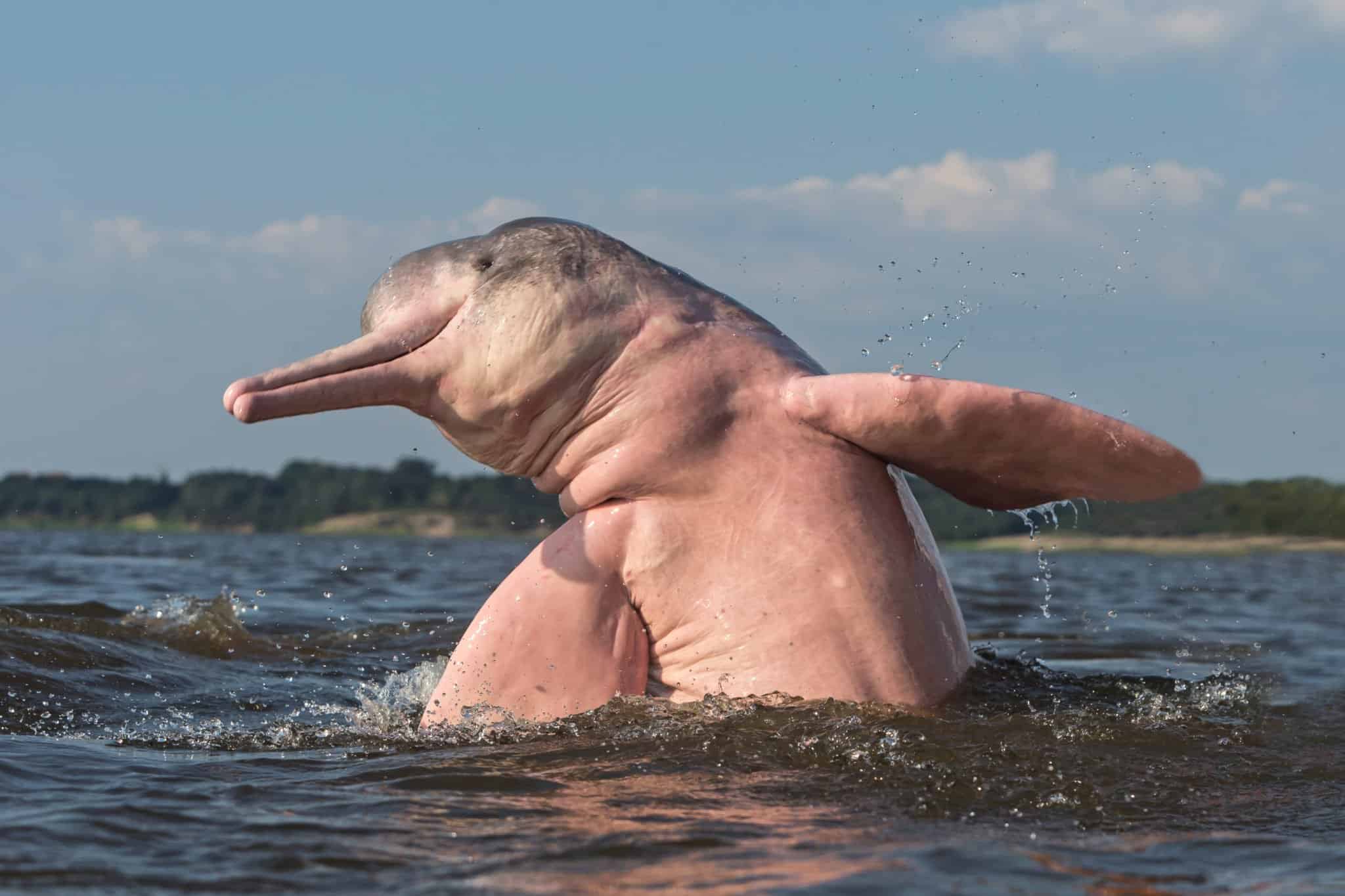

The animal is also able to swim upside down: according to some experts, this position promotes better vision, given that the chubby cheeks of the dolphin are an obstacle to seeing downward while the animal is upright. The body of the animal is extremely flexible, helping the dolphin swim even through some very tight areas.The Amazon River dolphin has a very long beak, which can contain up to 140 teeth.Ecological nicheĪmazon River dolphins have an important role as predators of the river, and prey on a range of fish species, thus controlling their populations. Currently, Botos are classified as Data Deficient (DD) on the IUCN Red List. The Orinoco basin holds: 122 individuals in the Apuré River (Venezuela), 14-15 individuals in the Orinoco River (Venezuela) and 8 individuals in the Casiquiare River (Venezuela). Thus, in the Amazon basin there are: 107 individuals in the Solimões River (Brazil), 346 the in the Amazon River bordering Peru and Colombia, around 260 individuals in the Mamirauá Lake system of Brazil and 13.000 individuals in the Mamirauá Sustainable Development Reserve. Population numberĪccording to the IUCN Red List, the total population size of the Boto is unknown for today, but there are estimated populations in certain areas. Moreover, the animals are threatened by the fishing process, during which they can accidently be caught in fishing nets or injured because of collisions with boats and motors. Feeding upon aquatic animals, the dolphins compete with local fishermen. : Presently, one of the major threats to these animals' population is continued development of the river systems, which are the natural habitat of these dolphins: they suffer from separation of their range into smaller section due to hydroelectric or irrigation schemes, damming rivers. Male dolphins are ready to mate at 7-12 years old, whereas females - earlier - at 6-10 years old. The calf is nursed by its mother for about a year after birth, becoming independent within 2 - 3 years. As soon as the baby is born, the mother immediately helps the youngster to come to the water surface for air. The female dolphin normally yields a single baby with an interval of up to 5 years. The breeding period occurs in October - November, while the gestation period lasts approximately 11 months. In the meantime, they are likely to practice polyandry and polygynandry - a mating system, where both males and females have a number of mates. The reason of this behavior can be tough competition for mating rights, which brings us to polygynous mating system. On the other hand, tooth-raking leads to scarring. They display extremely aggressive behavior: because of biting and abrasion, male dolphins often damage their fins, flukes, and blowholes. Males of these dolphins are noticeably larger than females. Thus, the dolphins were thought to be monogamous, but recent studies have discovered facts, indicating other types of mating behavior in this species.

Currently, very little is known about the mating system of these animals.


 0 kommentar(er)
0 kommentar(er)
